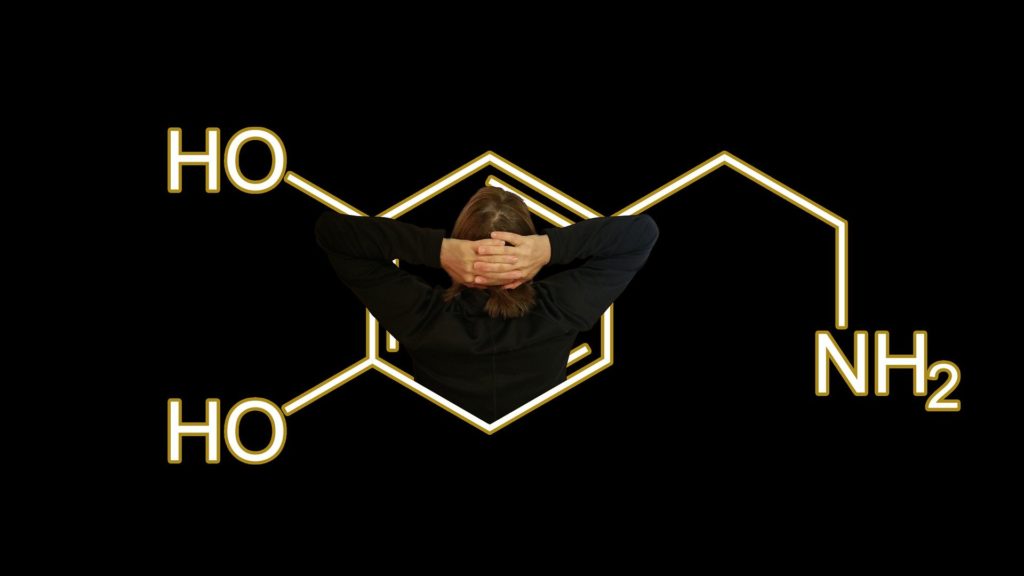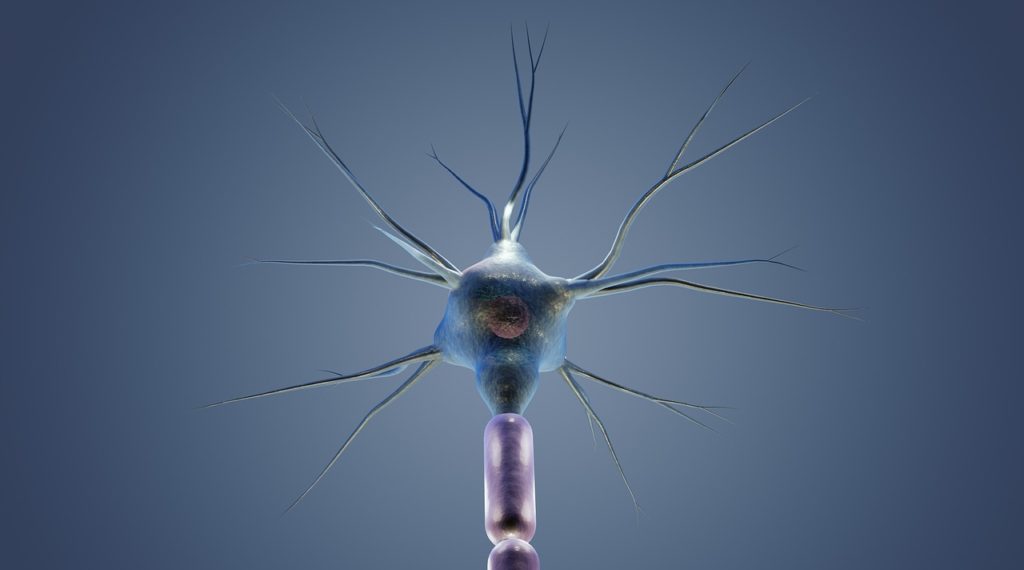
The Autism Transitions Research Project, funded by the Health Resources and Services Administration and led by Drexel University’s A.J. Drexel Autism Institute, has released new findings that highlight critical challenges and opportunities in transitioning autistic youth into adulthood. With approximately 1.2 million autistic individuals expected to reach adulthood in the coming decade, these insights are crucial for shaping future research and services.
The study titled “Challenges and Opportunities in Transitioning Autistic Individuals into Adulthood” was led by Anne M. Roux, a research scientist and director at the Policy Impact Project in the Autism Institute’s Policy and Analytics Center, along with a multidisciplinary team.
The study identifies critical barriers that hinder successful transitions for autistic individuals, including delays in diagnosis and access to services, long waitlists, and an over-reliance on care partners to provide daily support and navigate complex service systems. Funded through the Autism Transitions Research Project grant under principal investigator Lindsay Shea DrPH, the study also emphasizes the importance of cultural considerations and responsiveness, as well as the inclusion of autistic individuals in the development of transition services.
Key findings include:
- Significant delays in diagnosis and access to transition services exacerbate challenges for autistic youth and their families.
- There is a critical need for peer navigation support and tailored services for marginalized groups, such as those with intersecting identities.
- Disparities in service availability across geographic locations.
- Difficulty accessing essential benefits programs, like Supplemental Security Income, and need to revise benefits programs that reinforce poverty.
Participants in nine focus groups—which included autistic young adults, care partners, and professionals—emphasized the need for research focusing on the efficacy of transition services, the impact of system performance on outcomes, and the need for transformation in service ecosystems.
“This research reflects the perspectives of those most impacted by transition challenges and offers a pathway to more inclusive and effective solutions,” said Roux. “We must prioritize autistic perspectives and account for cultural differences when designing transition services and supports.”
The study’s recommendations include developing population-level research to assess system performance, improving service delivery for marginalized groups, and transforming the complexity of service ecosystems to better support successful transitions for all autistic youth across differing life experiences.



